Assistance dogs come in different sizes and types but the role they play in a human’s life remains the same. They protect, they defend and they care. They come as live saviors for people who need help and work for them selflessly. If you are considering getting an assistance dog, then here are 7 interesting facts that will surely amaze you.
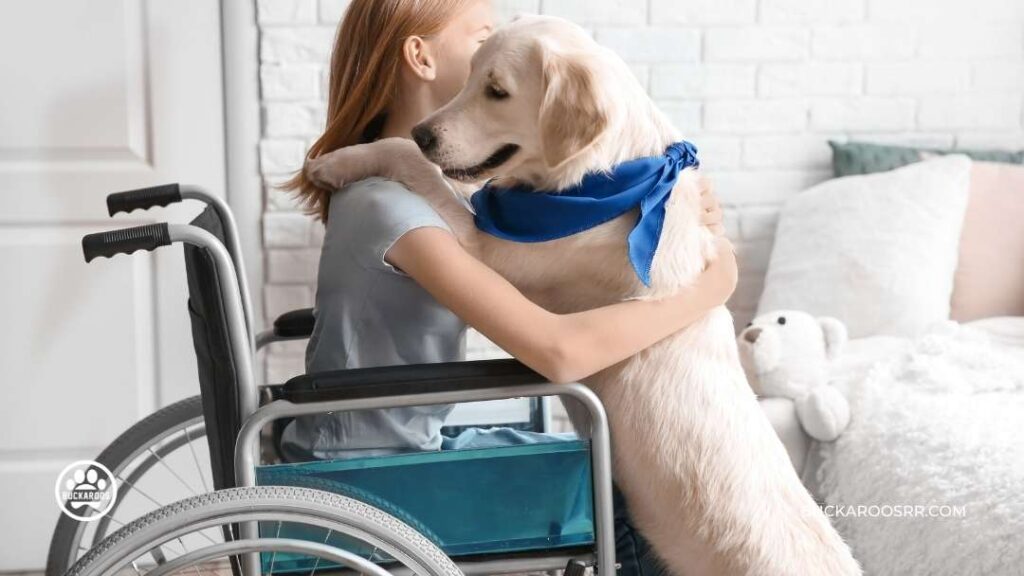
What is an assistance dog?
Dogs have different duties throughout their life, some are born to make you happy, some to make you free, while others are born to help you. Assistance dogs fall in the helping category. Labrador Retrievers are considered to be the most common assistance dog breed.
Three ways to identify an assistance dog
Some clues that can help you identify an assistance dog in public include-
- Assistance dogs are fully focused on their handler/owner and constantly work towards easing their handler’s pain. They are sensitive to the needs and requirements of their handler.
- Assistance dogs accompany people who have a disability. This disability can be in any form, from physical, and mental, to developmental disability.
- Assistance dogs know the house codes and behave accordingly. They do not increase their handlers’ work but instead reduce them. They are attentive to their handler.
So now let’s dive into some interesting assistance dog facts!!
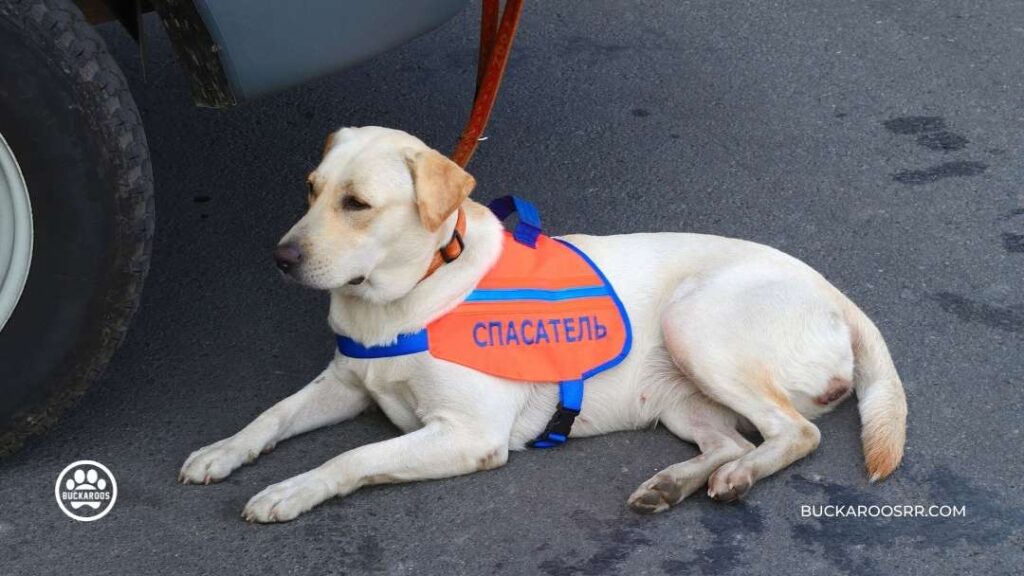
Highly professional and trained assistance dogs
Assistance dogs aren’t normal animals, they are trained extensively in different fields to suit their handler. They engage in hours of training and are taught to be obedient, friendly, and interactive. Each assistance dog is individually trained to meet its handler’s task requirements.
They act as helpers and saviors of people with disabilities. They go to training centers just like humans go to colleges! They have a certification for completing their training period and until their training ends, they get equipped with more than 100 commands.
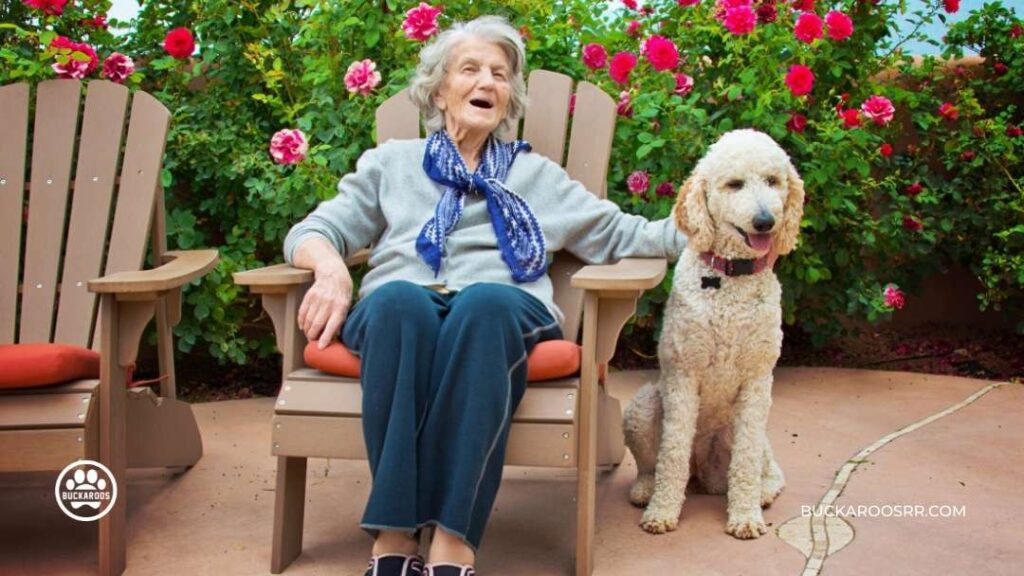
Assistance dogs come in different shapes and sizes
Assistance/ Service dogs aren’t pets that get to enjoy every second of their life. They are constantly working for their handlers and looking toward their safety. They don’t get to lay on couches all day and sleep till their hooman gives them food.
They are dogs who believe in all “work and no play”. You might be feeling pity for them now.
Well, don’t worry cause they do have their one way of enjoying things. Their favorite hobbies include intense activities like trekking, running the mile, and obstacle courses. This encourages their handlers to engage in running and playing as well.
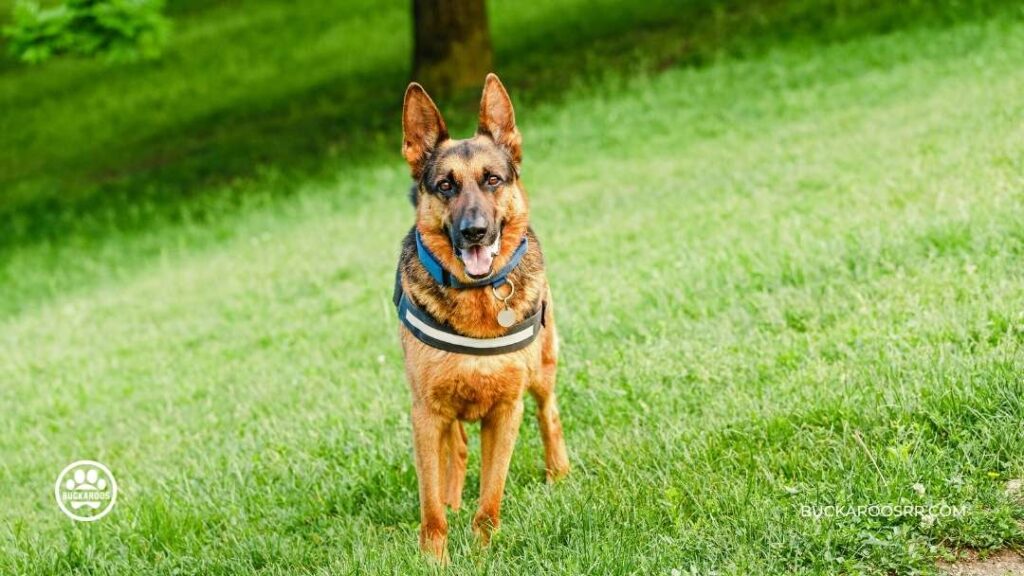
Assistance dogs aren’t normal dogs
Assistance/ Service dogs aren’t pets that get to enjoy every second of their life. They are constantly working for their handlers and looking toward their safety. They don’t get to lay on couches all day and sleep till their hooman gives them food.
They are dogs who believe in all “work and no play”. You might be feeling pity for them now.
Well, don’t worry cause they do have their one way of enjoying things. Their favorite hobbies include intense activities like trekking, running the mile, and obstacle courses. This encourages their handlers to engage in running and playing as well.
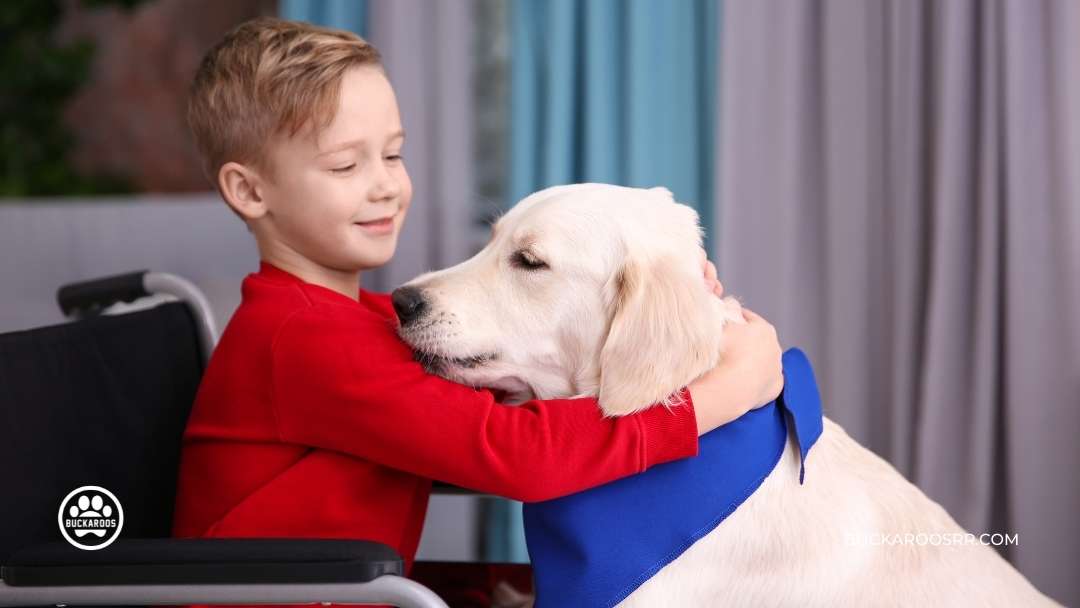
The biggest myth about assistance dog
Assistance dogs or service dogs are very different from emotional support, therapy, and courthouse dogs. They play their roles and do not match with the type of work an assistance dog does. Emotional support dogs don’t need any particular training. They are by birth equipped with the qualities to emotionally support their hooman.
Therapy dogs don’t need any intense training. They are only provided behavioral training so they behave well with the patients. Courthouse dogs are trained to behave well in the courtroom setting and don’t get any specialized training as such.
On the other hand, assistance dogs according to the US Code of Federal Regulations are dogs that are specially trained to look after people with any sort of disabilities. So other types of dogs who help people don’t come under this category.

Assistance dogs are protected by the US government
Not every breed gets this protection. But assistance dogs are protected by the US federal government because they serve the disabled. They get an all “access public right” where they can visit every other place with their handler.
The all-access public right gives them access to
- Travel
- Transport
- Motels and Hotels
- Educational Centres
- Shopping Centres
- Grocery Sections
- Business meetings
- Hospitals and much more.
Apart from these usual places, they are also given access to places where dogs are completely prohibited. So overall the handler and the assistance dog share the same access rights.

Training an assistance dog is time-consuming and costly
We all know how hard it is to train your furry friend with normal tricks and commands. What about those intense commands and tasks like opening doors, moving unwanted objects from walking paths, and identifying medical emergencies?
So how do assistance dogs get so well-equipped with their tasks?
The training of an assistance dog starts when they are just 2 days old. They are trained to handle stressful situations and perform tasks that require them to think beyond their capacity.
Apart from being time-consuming, training them is also quite costly. It can take up to $17,000 to $40,000 to train a service dog. But as training them goes for a good cause, there are many NGOs and fundraising campaigns that donate for this good cause.
Buckaroos 360 has its training centers where they help abandoned dogs to shine again by training them to become assistance dogs. If you wish to support us, you can donate here.
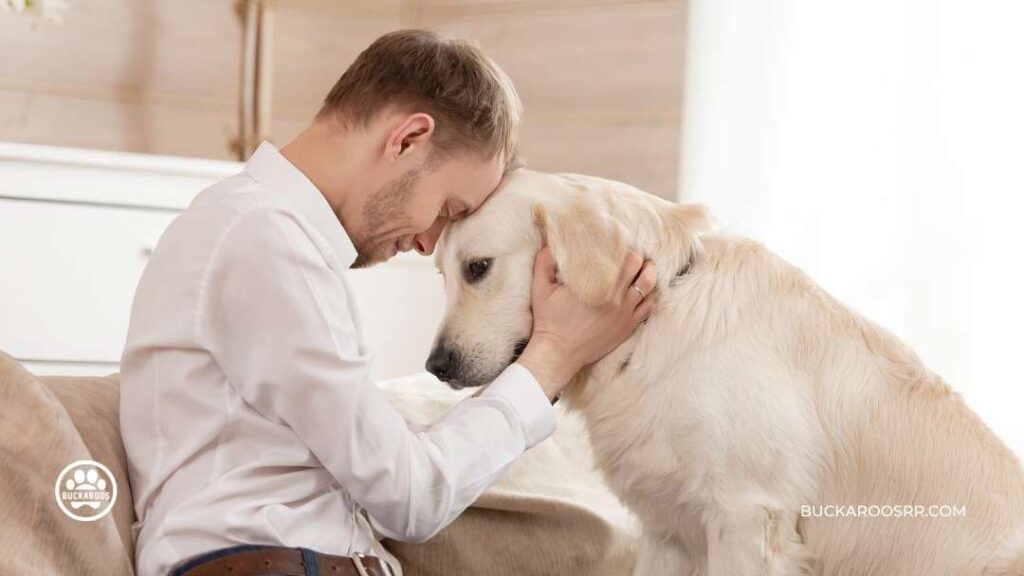
Assistance dogs also need love and care
Assistance dogs are also dogs and when they get hurt they need rest and care. They can get injured while handling their owners. But as their role demands, they need to be active at all times. Often giving them the extra care and love that they deserve can go a long way.
Also, remember to always avoid petting service dogs when you are out. This can distract them from working and lead to accidents. So keep your distance from them or completely ignore them.
To conclude
Assistance dogs work a lot and often their work goes unnoticed. We can’t thank them enough but we can pay them respect by donating to the same cause. They sacrifice their lives for the good of all disabled people and it’s worth applauding. Their sacrifice gives the disabled a chance to live again!
If you are looking forward to donating to this good cause, you can donate at Buckaroos 360 by clicking here.





